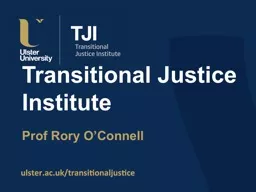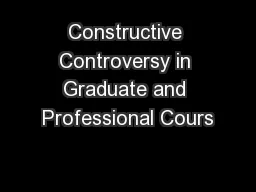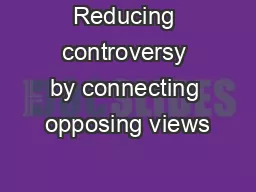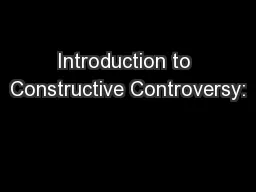PPT-Continuity and controversy: the Withdrawal Bill (nee the Great Repeal Bill)
Author : tawny-fly | Published Date : 2018-10-12
Prof Rory OConnell Transitional Justice Institute and School of Law Ulster University Member of BrexitLawNI rjjoconnell roconnellulsteracuk Effecting the UKs withdrawal
Presentation Embed Code
Download Presentation
Download Presentation The PPT/PDF document "Continuity and controversy: the Withdraw..." is the property of its rightful owner. Permission is granted to download and print the materials on this website for personal, non-commercial use only, and to display it on your personal computer provided you do not modify the materials and that you retain all copyright notices contained in the materials. By downloading content from our website, you accept the terms of this agreement.
Continuity and controversy: the Withdrawal Bill (nee the Great Repeal Bill): Transcript
Download Rules Of Document
"Continuity and controversy: the Withdrawal Bill (nee the Great Repeal Bill)"The content belongs to its owner. You may download and print it for personal use, without modification, and keep all copyright notices. By downloading, you agree to these terms.
Related Documents














